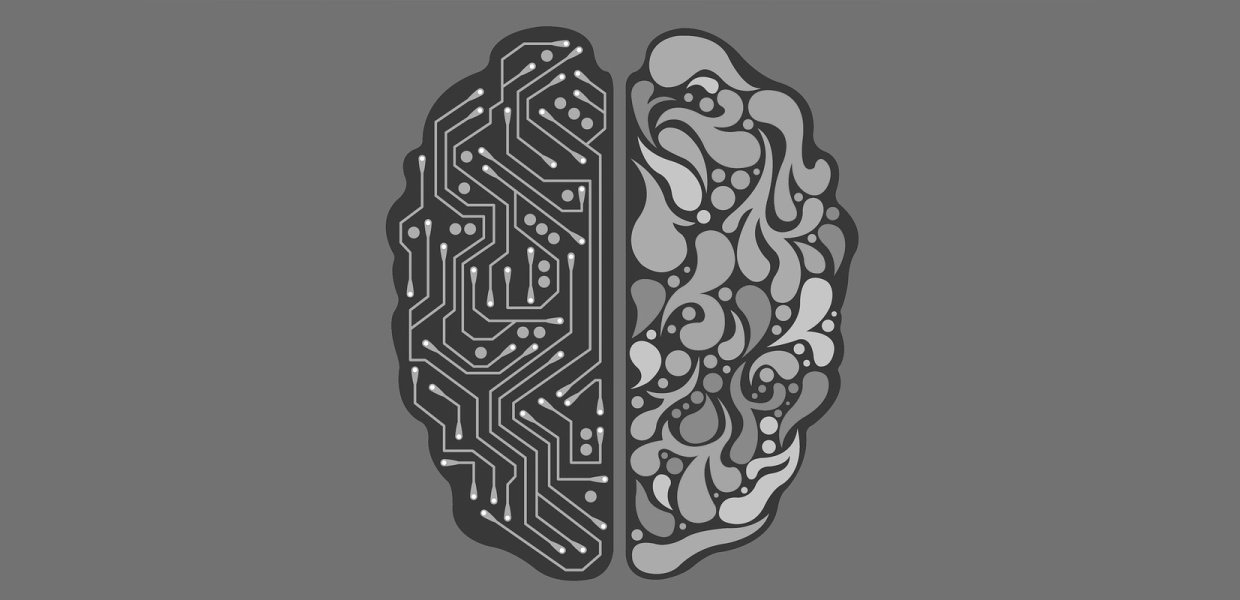Public relations has always been a combination of art and science. Historically, PR was seen as more of a highly-evolved art: a combination of experience, instinct and analog interactions and relationship equity, along with a side order of social science. In today’s digital age, PR is leaning more toward science, leveraging artificial intelligence (AI) technologies and big data to quantify, analyze, understand and to some extent, even predict behaviors and trends.
Algorithms are determining the optimal times and channels for engaging with media or other targets, and are generally putting the “public” back in public relations by considering a broader range of stakeholders than traditional earned media when building brands and protecting reputations. So much information today is publicly available and our tools are becoming sophisticated enough to understand how to parse the immense pools of data that exist and meaningfully relate them to the brands and issues with which we are professionally engaged.
In fact, in its 2017 Salesforce State of Marketing report, Salesforce surveyed more than 3,500 marketers worldwide who are in the midst of this seismic shift and found that:
- About 50 percent of marketing leaders are already using AI, with more than a quarter planning to pilot projects in the next two years.
- Internally, marketers see AI as a means of creating more efficiency in their operations — 59 percent say it will increase productivity. In terms of customer-facing benefits, most view AI as a way to get more from their data and personalize their marketing without burdening their teams — 61 percent say it will help them with the “hyper-personalization” of content.
- More than half of consumers have said they are likely to switch brands if a company doesn’t make an effort to personalize its communications to them (this number jumps to 65 percent for B2B buyers)
Simply put: companies of all industries and sizes are navigating a fundamental change in the way they do business, and PR plays a crucial role. As public relations professionals, it is incumbent upon us to continue working within our organizations across disparate functions, such as marketing, government affairs, sales and customer service to embrace the capabilities that AI offers and to ensure that communication is even more impactful, consistent and speaks with “one voice” to customers. AI is already becoming fundamental to this task and will only become more sophisticated and effective in this effort in the months and years to come.
All of this said, AI isn’t a magic elixir for PR greatness. AI is not good at making emotional connections or building the kind of person-to-person relationships capable of turning a train wreck of a story into a minor abrasion. Machines lack the empathy, spontaneity and creativity that is at the core of the human species. Storytelling, the root of the PR profession, is about weaving narratives that connect humans to each other through meaning and purpose rather than a logical recitation of facts and features. This hasn’t changed in any material way since Arthur W. Page first established the principles of modern corporate public relations nearly 100 years ago, and remains true regardless of the various technologies that have disrupted our profession ever since.
McKinsey & Co. research found that the most difficult activities to automate are those involving the management and development of people or requiring expertise in decision-making, planning and creative work. The future of PR is people supplementing what machines do so well, blurring the lines between art and science in ever more creative ways. I look forward to the day in the distant future when I can tell my AI-powered digital assistant to draft a PR plan for a new product launch, though I don’t think I would fully trust this agent to win the hearts and minds of customers. So, for all those concerned that the AI revolution somehow portends a massive loss of knowledge-worker jobs or the end of the PR profession as we know it, fear not — storytelling is a fundamentally analog role, one best performed by humans, with data as only one of the many inputs that develop the narratives we use to shape opinion and reinforce belief.
To download a full copy of the Relevance Report, click here.









